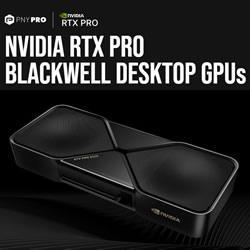Optimizing SMT Budgets: How to Choose the Ideal Reflow Oven for Your Production Line
Unlock full reflow oven cost transparency—understand hidden costs and ROI with our in-depth buyer's guide! From sticker price to energy bills, we've broken down reflow oven investments so you can budget smarter.
In today's fast-paced electronics manufacturing, cost-optimized production is essential. When planning your SMT line, choosing a reflow oven isn't just about upfront cost-it means understanding long-term value.
1. Components of Oven Price
Core structure, sensors, control system
Conveyor type & modularity
Certifications (CE, RoHS, UL)
2. Operating and Hidden Costs
Energy consumption
Maintenance parts & service
Calibration, downtime, consumables
3. Investment Tiers
Benchtop (prototyping)
Inline modular (low/medium volume)
Fully automated high-capacity
4. Smart Buying with ROI Tools
An Excel-based model helps you calculate break-even point, comparing yield improvement vs total cost.
5. Featured Solution: I.C.T Lyra733N
Balancing modular flexibility, nitrogen functionality, energy control, and service support.
Conclusion:
A reflow oven is both a machine and a strategic investment. Our guide helps you demystify costs, align budget vs capacity, and confidently choose a reliable system.
Featured Product

NVIDIA RTX PRO™ BLACKWELL DESKTOP GPUs N
NVIDIA RTX PRO™ - Built for Professionals - NVIDIA RTX PRO Blackwell Desktop GPUs feature the latest breakthroughs in AI, ray tracing, and neural rendering technology to power the most innovative workflows in design, engineering, and beyond.
